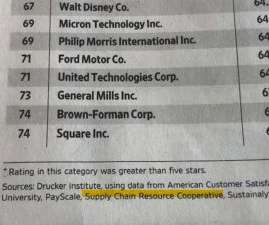The Power of the Network: ERP vs. Spend Management
Logistics Viewpoints
AUGUST 15, 2022
GEP and the North Carolina State University (NCSU) Supply Chain Resource Cooperative surveyed supply chain, procurement and IT professionals across a range of industries to gain insight into their priorities and strategies regarding supply chain resilience and optimization. Networks and Sourcing.
















Let's personalize your content